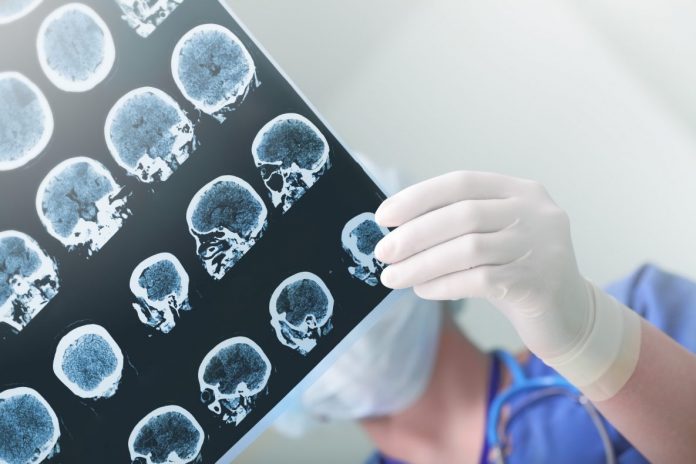A cooling headset can eliminate or reduce the epileptic seizures caused by severe head injuries, say researchers at the Washington University in St. Louis. Head injury patients often experience epileptic seizures months or even years after the trauma.
“Traumatic head injury is the leading cause of acquired epilepsy in young adults, and in many cases the seizures can’t be controlled with medication,” says senior author Matthew Smyth, MD, associate professor of neurological surgery and of pediatrics at Washington University School of Medicine in St. Louis. “If we can confirm cooling’s effectiveness in human trials, this approach may give us a safe and relatively simple way to prevent epilepsy in these patients.”
The researchers published the study in the “Annals of Neurology.” They tested the cooling headsets on a rat model of brain injury. The rats developed chronic seizures weeks after the injury occurred.
Headsets were put on some rats that cooled their brains by less than 4 degrees Fahrenheit. Another group of rats wore headsets that did nothing. Cooling not only stopped the seizures, it prevented them from reoccurring. Scientists did not know which rats they were observing for seizures after the headsets were removed. Rats with inactive headsets have longer and more severe seizures weeks after the injury, while rats with cooled brains had a few brief seizures up to four months after the brain injury.
Brain trauma tends to reduce cell activity at the site of the injury, but the cooling headsets restored the cells to normal levels.
“Our results show that the brain changes that cause this type of epilepsy happen in the days and weeks after injury, not at the moment of injury or when the symptoms of epilepsy begin,” says Smyth. “If clinical trials confirm that cooling has similar effects in humans, it could change the way we treat patients with head injuries, and for the first time reduce the chance of developing epilepsy after brain injury.”
Smyth and his research team have been testing the cooling devices on humans in the operating room. A multi-institutional trial of an implanted-cooling device is being planned to study the effectiveness of cooling on established seizures.















